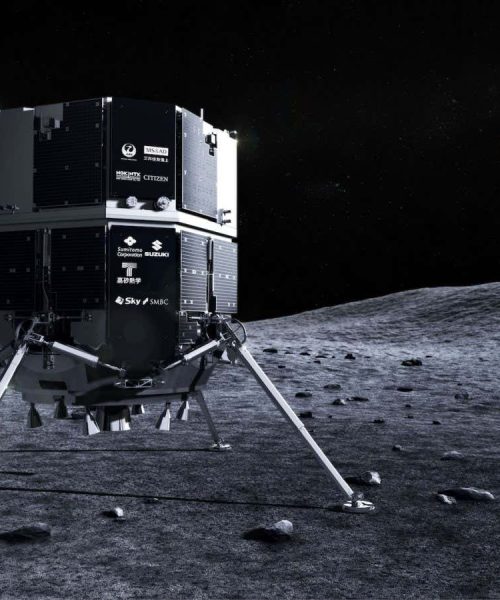
India launched Chandrayaan-3 to the moon last year
ISRO
If India seems like a latecomer to space flight, it is only because the country’s space agency has been slowly and steadily growing for decades, catching up with the original major players. When the Chandrayaan-3 spacecraft managed the first ever soft landing near the south pole of the moon in 2023, it marked a triumph for the Indian Space Research Organisation (ISRO) and a sign that the agency’s unique way of operating makes it capable of great things.
The strategy that has made all of this work was championed in the 1960s by Vikram Sarabhai, often considered the father of the Indian space programme. He rejected the idea that the country had to work its way up through every stage of learning how to do space flight, instead insisting on “leapfrogging”, using knowledge that had already been gained by other nations along with expertise developed at home.
Advertisement
“What you’re seeing now is the product of four decades of serious investment in this programme that a lot of people dismissed as being inappropriate for a developing country, but turns out to have been a smart decision all along,” says Itty Abraham at Arizona State University. “It’s done a great job of absorbing technologies from different countries and stitching them together to make something that’s uniquely Indian.”
The Chandrayaan-3 mission is a perfect example of this. ISRO has stated that the budget for the mission was only £60 million ($74 million), less than the cost of a commercial aeroplane and an astonishingly low price tag for a spacecraft. This was enabled in part by the use of more cost-effective off-the-shelf parts alongside custom-built ones, as well as contracts with private companies for some of the spacecraft development and manufacturing.
That private company involvement is relatively new for ISRO, a change heralded by Narendra Modi, India’s prime minister since 2014. “Where Modi has made a difference is that he has encouraged the private sector to step in in a way that is very unusual for Indian government programmes,” says Abraham. “If you look at the other government projects, the private sector is there but in a very small way.” ISRO didn’t respond to a request for comment.
But more broadly, India’s election is unlikely to change ISRO’s direction, given the geopolitical prestige that comes with success in space. “The space programme has managed to remain independent for so long because it’s been successful,” says Abraham. “In this case, it doesn’t matter who’s in charge – they’re all going to throw money at it.”
This article is part of a special series on India’s election.
Topics:





